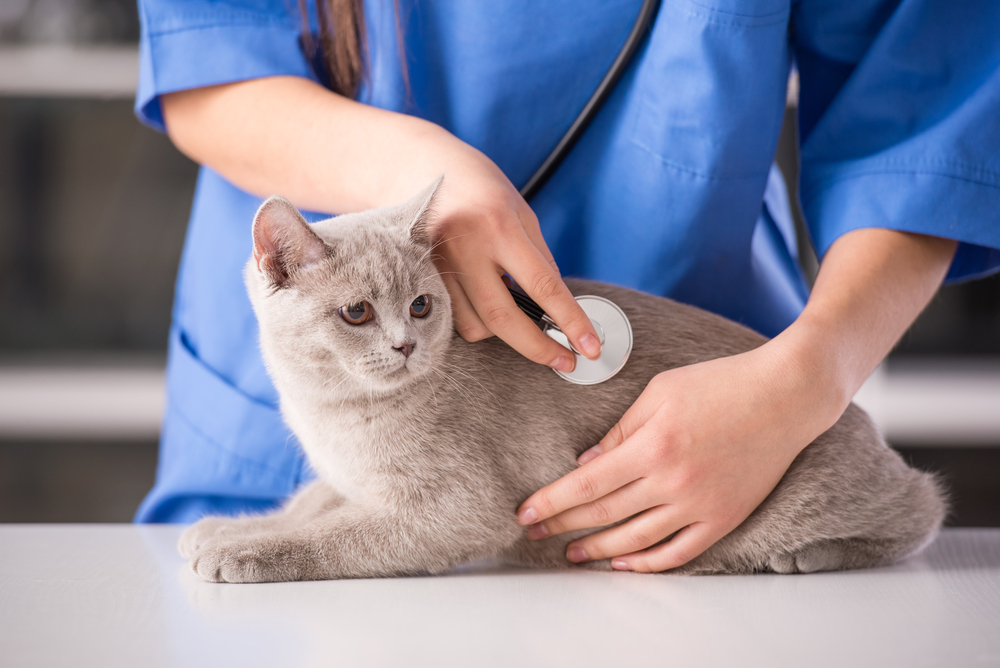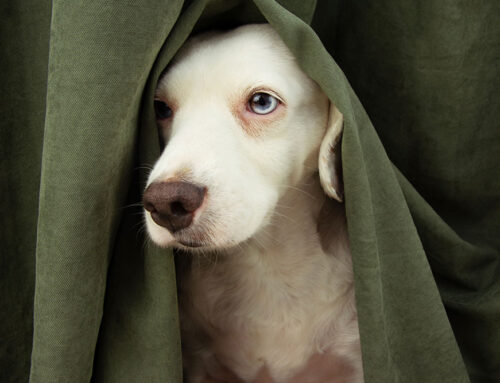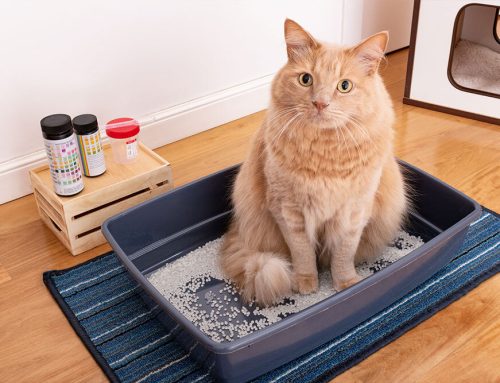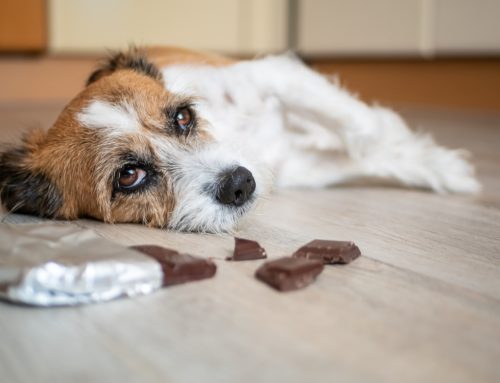Hepatic lipidosis, or fatty liver disease, is a condition that occurs in cats who haven’t eaten much, or at all, for several days or weeks. The cat’s body turns to stored fat for energy, which overwhelms the liver and leads to severe illness or death. Cats stop eating for many reasons, including stress, pain, concurrent disease, becoming lost, or being away from their home. The Driftwood Animal Hospital team wants pet owners to understand when their cat could be at risk for fatty liver disease and how to avoid this unwelcome illness.
Which cats are at risk for hepatic lipidosis?
Fatty liver syndrome can occur in any cat at any age, but some cats are at higher risk. The condition can develop in any cat who suddenly stops eating or whose appetite severely diminishes over several weeks. Around 10% of cases are idiopathic, meaning no underlying cause is found. Situations that may increase a cat’s risk include:
- Medical conditions — Underlying medical conditions, including kidney disease, cancer, inflammatory bowel disease, arthritis, dental disease, or heart disease, may affect a cat’s appetite.
- Stress — Easily stressed cats may refuse to eat.
- Food — Cats may refuse a new food or develop a food aversion.
- Weight — Overweight cats who have more stored fat than others may stop eating.
- Access — Indoor/outdoor or adventurous cats who get lost outside or accidentally locked in a garage, closet, attic, or basement risk being affected if they have no access to food.
What are hepatic lipidosis signs in cats?
Cats with hepatic lipidosis usually develop the condition because they are not eating well, and may display other general illness signs associated with their underlying condition, such as diarrhea in cats with an intestinal disease or bad breath in those with kidney disease. Once hepatic lipidosis develops, the affected cat will become significantly more sick. Telltale signs include:
- Refusal to eat or go near the food bowl
- Sudden weight loss
- Drooling
- Vomiting
- Yellowing eyes, skin, and gums
- Hiding
- Lethargy

What are hepatic lipidosis complications in cats?
Hepatic lipidosis develops when body fat stores, typically triglycerides, are mobilized for energy. The cat’s liver cannot process the sudden fat influx, so the liver cells malfunction. The liver serves multiple functions, including processing and manufacturing vitamins, hormones, and bile (i.e., a substance used in digestion). Complications from impaired liver function may include:
- Dehydration
- Clotting dysfunction
- Vitamin, mineral, and electrolyte imbalances
- Bile obstruction and impaired digestion
- Death
How is hepatic lipidosis treated in cats?
Most cats can recover from hepatic lipidosis if the condition is promptly recognized and treated. Contact us as soon as possible if you notice your cat has possible fatty liver signs, and we’ll schedule a quick evaluation or refer you to a nearby emergency hospital. Your veterinarian may order blood tests, urinalysis, imaging such as an X-ray or ultrasound, and a liver needle biopsy to look for characteristic changes to diagnose fatty liver and any underlying disease that could have caused your cat to stop eating.
Successful fatty liver syndrome treatment requires several days of hospitalization with intensive care to correct dehydration and address complications. Nutritional support with intravenous nutrients or a stomach feeding tube is essential to your cat’s recovery, because they will not eat independently. Proper nutrition stops the fat mobilization process and allows liver recovery by clearing the excess fat and restoring normal function. The feeding tube, which provides food, water, and medication directly into the esophagus or stomach, is usually left in place for several weeks after your cat recovers, until they reliably eat independently.
How can I prevent hepatic lipidosis in my cat?
Treating underlying diseases that cause reduced appetite can help prevent hepatic lipidosis occurrence or recurrence. Cat owners should closely monitor their cat’s appetite and notify their veterinarians promptly if it changes. Other prevention strategies include:
- Consult our team or a veterinary nutritionist to formulate a weight loss plan for overweight or obese cats.
- Perform diet changes slowly to help cats accept new foods and prevent hunger strikes.
- Reduce stress in your household by following cat-friendly household guidelines.
- Ensure indoor/outdoor cats are accounted for at mealtimes.
- Follow your veterinarian’s orders concerning your cat’s veterinary care and medical condition treatment.
Our Driftwood Animal Hospital team recommends that all pet owners closely monitor their cat’s food intake and schedule a visit or consultation at our hospital as soon as you notice a problem. We can also help you determine the optimal diet for your cat and prescribe weight loss plans to reduce fatty liver risks.








Leave A Comment